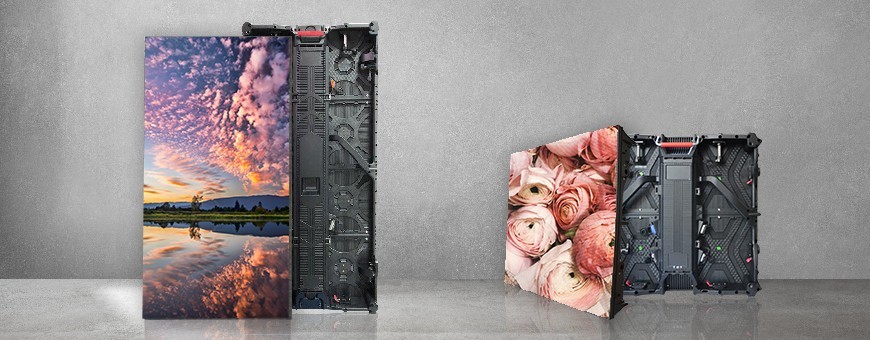Perfecting Hue Accuracy in Light Emitting Diode Wall Adjustment for Stunning Graphic Displays
Hue accuracy is essential for creating stunning visual presentations, especially when employing LED screens. These massive displays are frequently found in locations like music venues, athletic arenas, and advertising billboards. When the colors on an LED wall are not accurate, the images can look flat or distorted, which can affect the total experience for viewers. Therefore, mastering color accuracy in LED wall tuning is vital for attaining lively and realistic visuals.The first step in ensuring color precision is comprehending how LED technology works. LEDs, or light-producing diodes, generate light in various shades by combining red, green, and blue (RGB) light. Each dot on an LED wall consists of these three hues. When calibrated correctly, the mix of RGB can produce a broad range of colors. However, if one hue is too intense or too faint, it can distort the entire screen. This is why calibration is necessary to balance the hues and reach the intended graphic result.
Tuning entails adjusting the configurations of the LED screen to ensure that check out here the hues displayed match the original material as nearby as feasible. This procedure typically involves using specific software and hardware tools. Technicians frequently use color measurement devices, such as spectrophotometers, to examine the colors being displayed. By comparing the assessed colors to benchmark color standards, they can make precise modifications. This ensures that the colors are not only lively but also uniform across the entire display.
Another important aspect of color precision is understanding the surroundings in which the LED wall is employed. Elements such as surrounding light can considerably impact how colors look. For instance, a well-lit lit room may wash out hues, making them look less lively. To mitigate this, technicians may adjust the luminosity and differentiation settings of the LED screen. Additionally, they may select specific color settings that are better appropriate for different lighting environments. This adaptability helps maintain color precision irrespective of the viewing surroundings.

Ultimately, routine maintenance and recalibration are essential for keeping an LED screen looking its finest. Over time, the performance of LEDs can alter due to elements like degradation and heat fluctuations. Regular inspections and modifications can help ensure that the colors stay correct and vibrant. By committing time in appropriate calibration and maintenance, venues can offer audiences with stunning visual presentations that enhance their total impression. Perfecting color accuracy in LED screen tuning is not just a technical task; it is an art that adds to the wonder of visual narration.